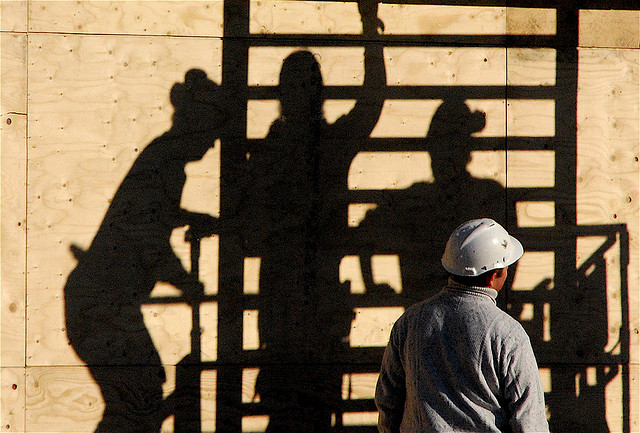OSHA Releases List of Top 10 Safety Violations for 2015

The Occupational Safety and Health Administration (OSHA) has released its list of the top 10 most commonly cited workplace safety violations for the year 2015.
When speaking at the 2015 NSC Congress & Expo last month, OSHA's Patrick Kapust revealed the most common safety violations among employers. Some of these violations are obvious, as they constantly make the list each and every year, but others are somewhat surprising. Without further ado, let's take a look at the top 10 safety violations for 2015, as noted by OSHA.
"In injury prevention, we go where the data tell us to go," said National Safety Council President and CEO Deborah A.P. Hersman. "The OSHA Top 10 list is a roadmap that identifies the hazards you want to avoid on the journey to safety excellence."
Top 10 Safety Violations for 2015
- Fall Protection (1926.501) – 6,721
- Hazard Communication (1910.1200) – 5,192
- Scaffolding (1926.451) – 4,295
- Respiratory Protection (1910.134) – 3,305
- Lockout/Tagout (1910.147) – 3,002
- Powered Industrial Trucks (1910.178) – 2,760
- Ladders (1926.1053) – 2,489
- Electrical – Wiring Methods (1910.305) – 2,404
- Machine Guarding (1910.212) – 2,295
- Electrical – General Requirements (1910.303) – 1,973
As you can see, fall protection topped the list for being the single most common safety violation thus far in 2015, with 6,721 incidents reports. Whether it's a telephone worker, construction, crane operator, window cleaning, etc. working from elevated surfaces poses a unique set of dangers that employers shouldn't overlook. In an effort to protect workers from these dangers, OSHA has several requirements that employers are required to follow.
According to OSHA's website, employers must provide fall protection for workers who work at elevations of four feet or higher in "general industry" settings, five feet or higher in shipyards, six feet in the construction setting, and eight feet or higher in longshoring settings. Furthermore, fall protection must be provided to all workers who work over dangerous equipment and machine. Even if they are just a couple feel from the ground, OSHA requires fall protection if there's dangerous equipment beneath.
Forms of fall protection may include guards for floor hols, guard railing, toe-boards, safety harnesses, scaffolding, maintaining obstruction-free walking spaces, and increased communication between workers.
Of course, fall protection is just one of the ten safety violations that made it on OSHA's list. Employers should familiarize themselves with all ten violations, taking the necessary measures to protect workers from such injuries while maintaining an OSHA-compliant workplace.
Recent Posts
-
Fire Safety in the Workplace: What You Need to Know
What steps are you taking to prevent fires in your workplace? According to the U.S. Occupational Saf …Aug 23rd 2023 -
Is It Safe to Go Jogging With a Cold Infection?
If you're suffering from a cold infection, you might be wondering whether it's safe to go jogging. T …Aug 22nd 2023 -
5 Safety Tips to Follow When Using a Powder-Actuated Tool
Powder-actuated tools are commonly used to join materials to steel and concrete. Also known as Hilti …Aug 20th 2023




